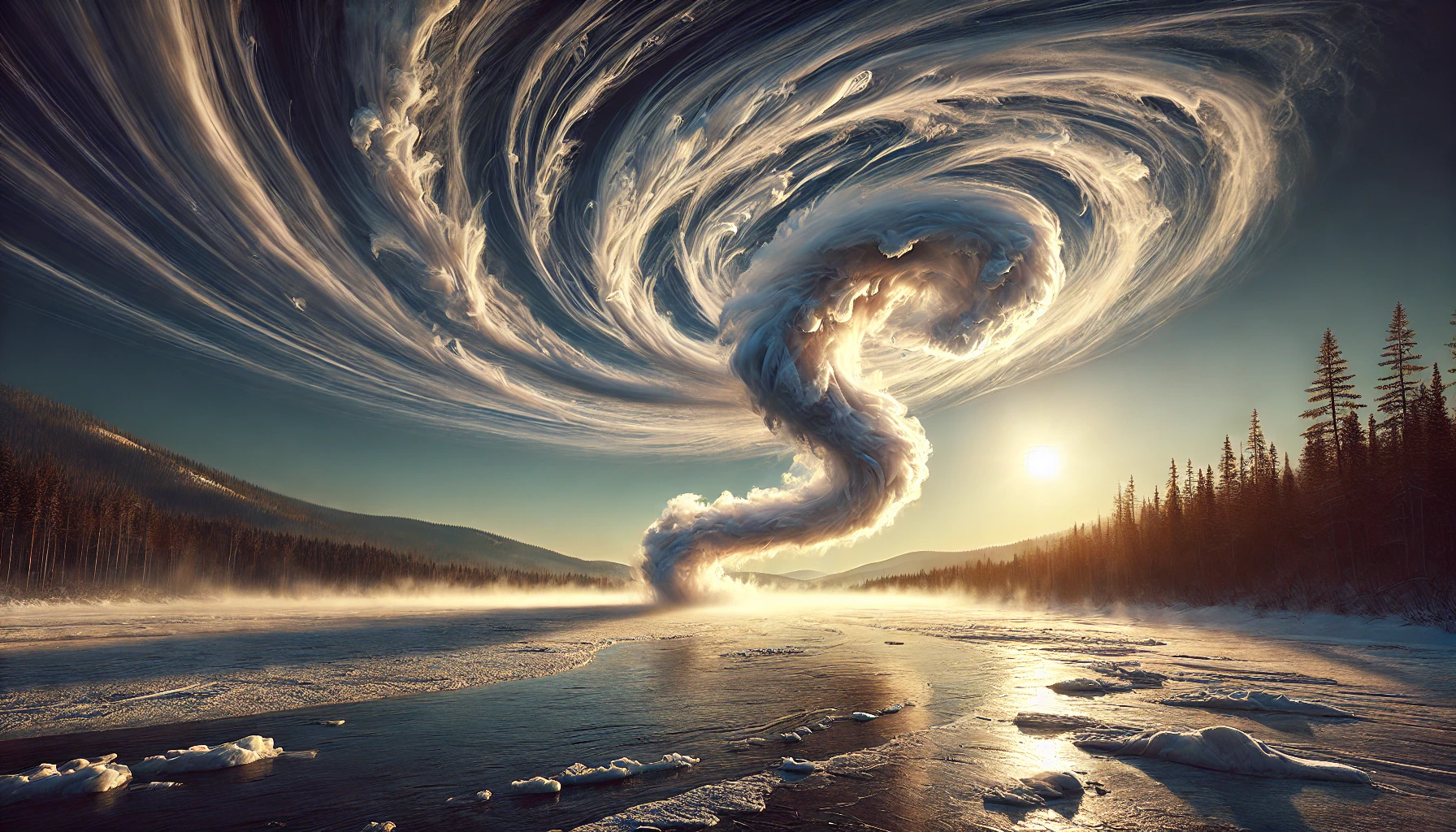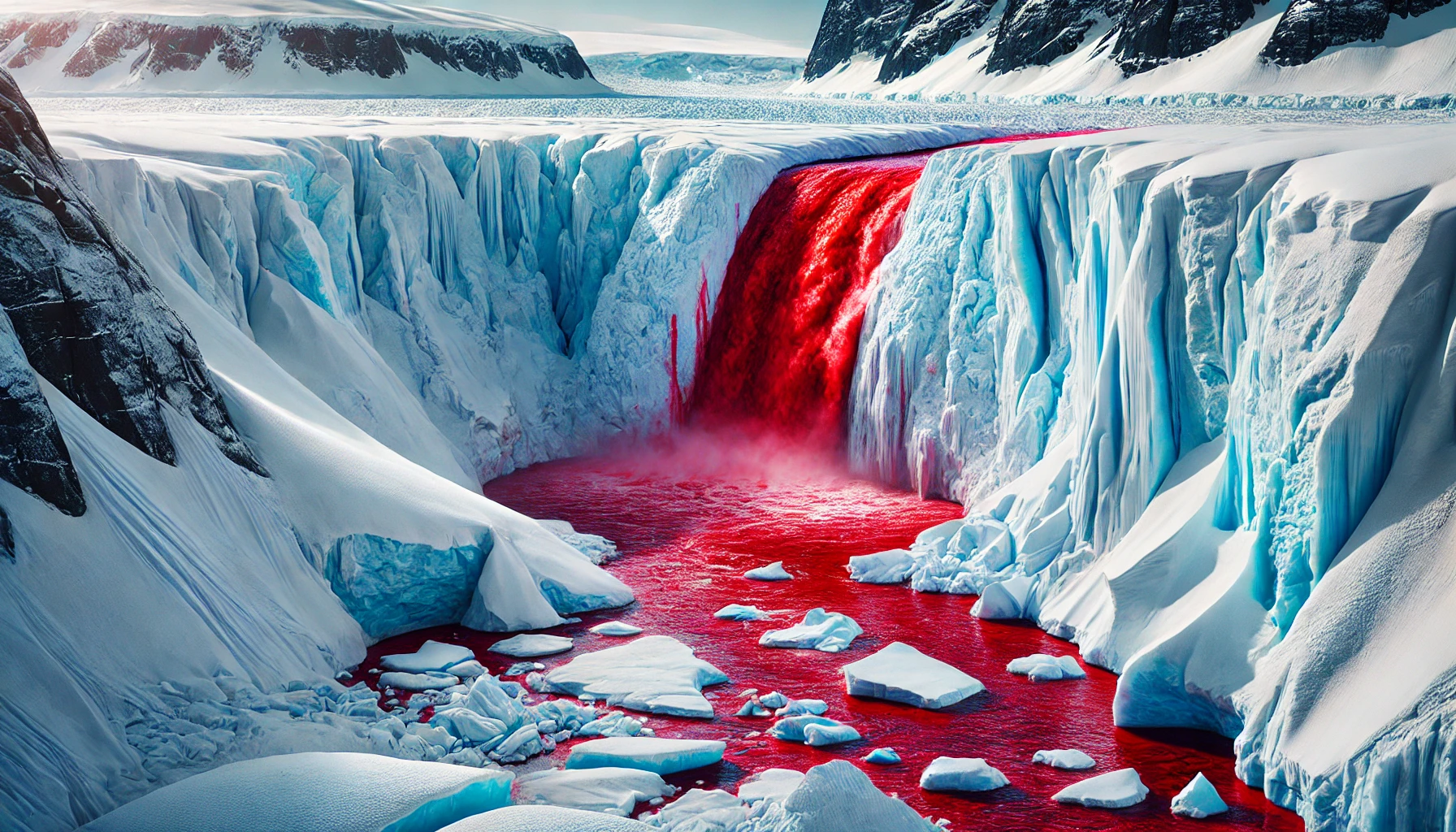Nacreous Clouds: Nature’s Colorful Tapestry in the Sky
Nacreous clouds, or polar stratospheric clouds, are a stunning atmospheric phenomenon most commonly observed in the polar regions during the winter months. These clouds are not only a visual marvel but also play a significant role in atmospheric chemistry. What Are Nacreous Clouds? Nacreous clouds form in the lower stratosphere at altitudes of about 15,000 … Read more










